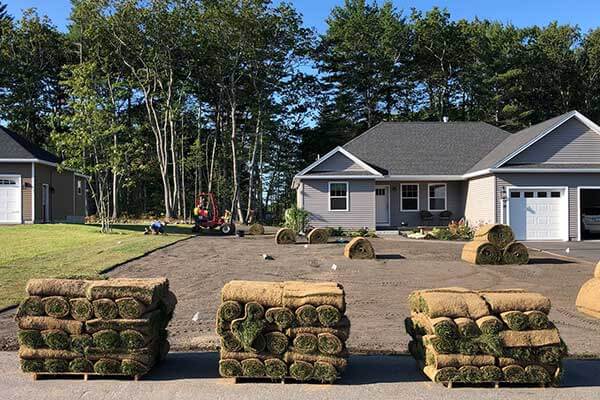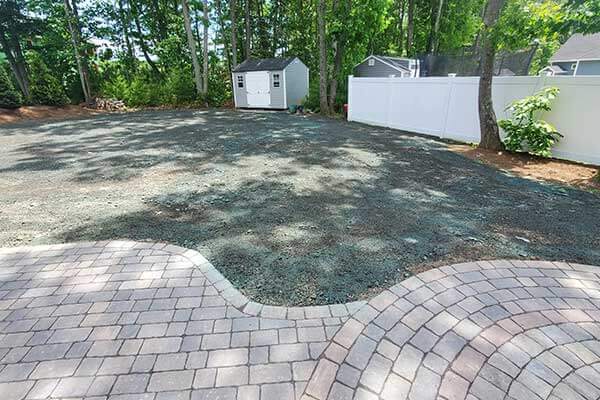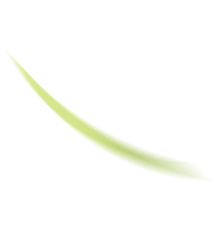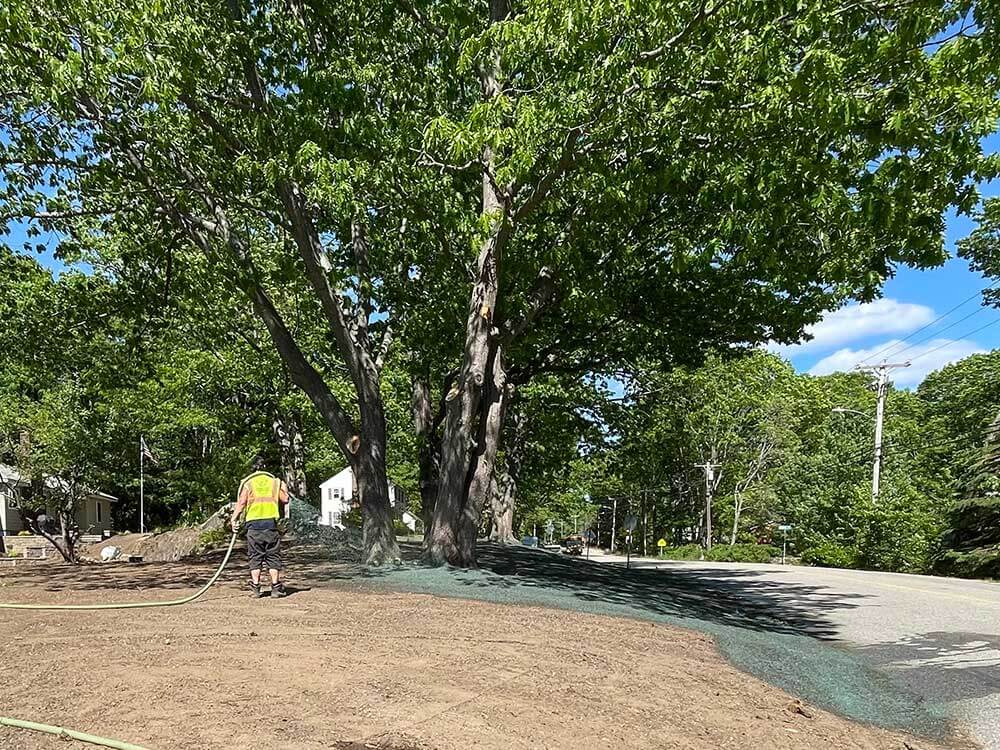If you’ve ever considered upgrading your lawn, you’ve undoubtedly come across both sod and hydroseeding options.
But what’s the difference? And what are the pros and cons of sod and hydroseeding? You’ll learn all that and more here.
WHAT IS SOD?

Sod is a section of fully-grown grass attached to a thin layer of soil. Sometimes referred to as turf, sod is real grass that is used to create a brand new lawn when laid down and installed.
Sod: The Pros
Sod is ready immediately. Once a sod lawn is installed, it’s done! While you do need to be careful and stay off of sod until after the first mowing, it looks beautiful right away.
Sod can be installed year round (in warmer climates). While we can’t install sod here in Maine in the winter, it can be installed any time in warmer climates. In the North, we recommend installing sod during the late spring or into the summer.
Sod can be installed yourself. While you’ll need a few specialty tools to install sod properly (like a lawn roller), it can be done successfully yourself.
Sod: The Cons
Sod must be specific grass species. Only certain turfgrass species can be used for sod. Some examples include: Bermuda, Fescue, and Kentucky bluegrass.
Sod requires watering. A lot of watering. It’s important that sod is regularly and deeply watered so that the roots of the grass can reach down into the existing soil. Sod should remain moist for the first couple of weeks after installation.
Sod is the more expensive option. In general, sod will run about 3 times more than hydroseeding. However, many prefer the immediate results and the work being done for you.
WHAT IS HYDROSEEDING?

Conversely, hydroseeding is a liquid mixture that is sprayed onto top soil that contains seeds, mulch, water, and fertilizer. This cost-effective process allows grass seeds to germinate and grow much more quickly than traditional seeding.
Hydroseeding: The Pros
Hydroseeding is the less expensive option. At about ⅓ the cost of sod, hydroseeding is much less expensive.
Hydroseeding can include multiple grass species. It’s possible to mix and match different grass seeds while hydroseeding to create a unique look for your lawn.
Hydroseeding: The Cons
Hydroseeding needs professional installation. Since the installation is more complex than laying sod, it’s recommended you hire an expert for hydroseeding.
Hydroseeding has a shorter installation window. Ideally, hydroseeding should be done between March and October. However, that window is even shorter here in New England, so we hydroseed lawns in the late spring and summer.
Hydroseeding takes time to get a result. Since hydroseeding is laying down grass seed, it takes time to germinate and grow into a lush, full lawn. Most hydroseeded lawns have grown within 4-5 weeks.
Hydroseeding requires maintenance. While sod requires a lot of watering, hydroseeding needs even more maintenance. Not only do you need to stay off the lawn until the grass becomes strong, but you also need to regularly water and add additional fertilizer.
Sod and hydroseeding both give homeowners a beautiful lawn, but each certainly have their positives and drawbacks. Consider both if you need your lawn redone!
For help in the greater Buxton, Maine area with your sod or hydroseeding needs, contact us at Prime Cut Landscaping & Lawn Care today!






